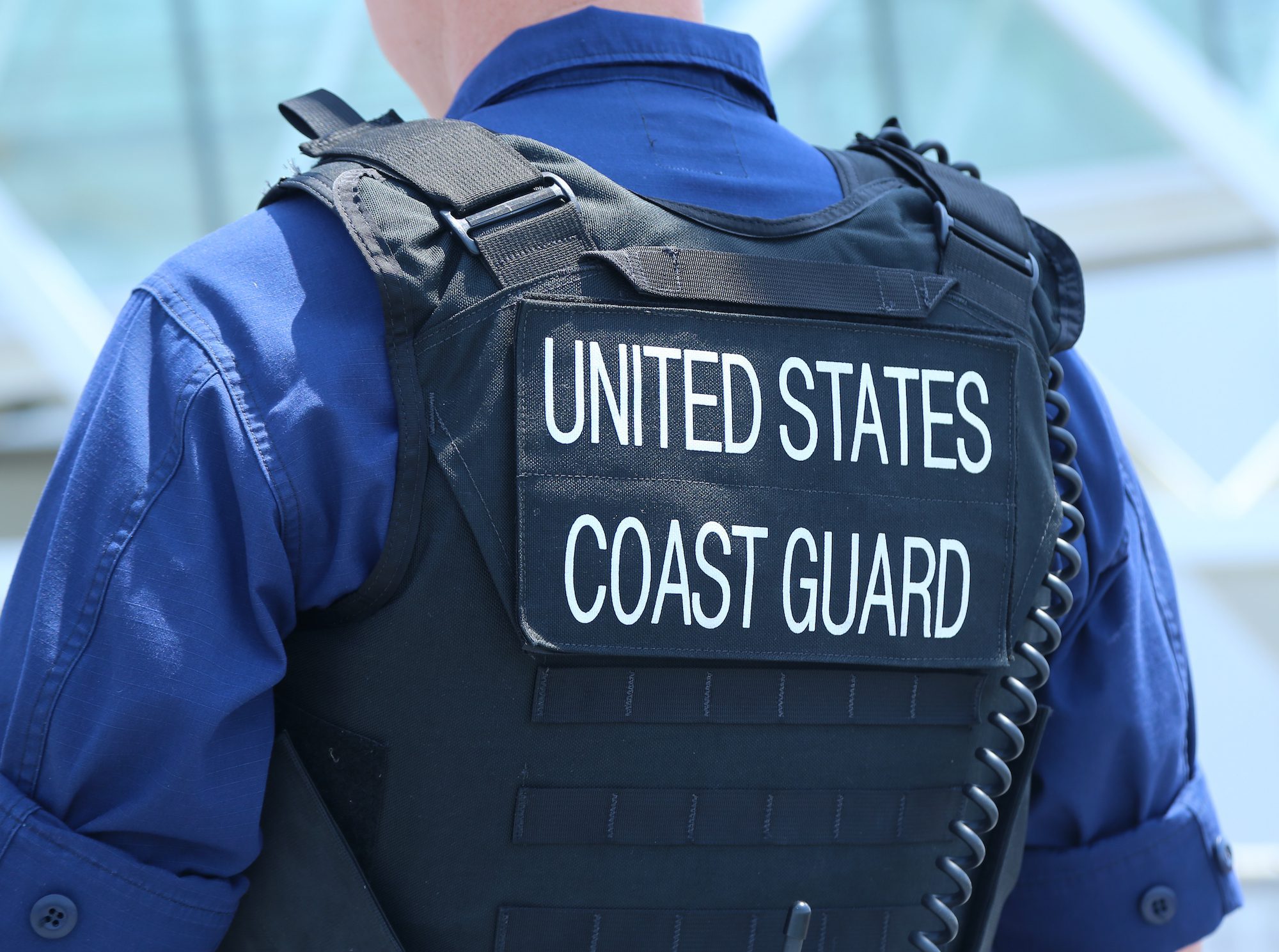From Naval Academy Public Affairs
Chief engineer and deputy commander for Naval Systems Engineering at Naval Sea Systems Command in Washington, D.C., Rear Adm. Tom Eccles addresses midshipmen, faculty and staff Feb. 8 as part of the Division of Engineering and Weapons’ Distinguished Lecture Series.
The chief engineer and deputy commander for Naval Systems Engineering at Naval Sea Systems Command in Washington, D.C., addressed midshipmen, faculty and staff Feb. 8 as part of the Division of Engineering and Weapons’ Distinguished Lecture Series.
Rear Adm. Tom Eccles spoke about his involvement in the investigation of the March 26, 2010, sinking of the South Korean warship ROKS Cheonan (PCC-772).
The ship suffered an explosion and sank in the Yellow Sea, near Baengnyeong Island, killing 46 crew members, but the cause of the explosion was initially uncertain.
A subsequent investigation carried out by a team of international experts from South Korea, the U.S., the United Kingdom, Canada, Australia and Sweden determined that the ship had been hit by a torpedo from a North Korean submarine. The North Korean government denied any responsibility for the incident.
Eccles led the U.S. technical team supporting the joint international investigation into the loss of the warship. The team concluded that a torpedo exploded just underneath the ship.
Eccles shared with the audience how the acoustic data and investigation of the recovered hull, coupled with certain engineering principles, allowed the team to come to that conclusion.
The explosion of the torpedo formed a bubble that then collapsed on the ship’s hull, causing a burst of water with enough power to break through the hull of the ship, which would have already been damaged by the force of the initial explosion, said Eccles.
Eccles also served in 2010 on the National Academy of Engineering committee investigating the Deepwater Horizon explosion and oil spill in the Gulf of Mexico.
He became NAVSEA’s chief engineer in September 2008. His previous flag officer assignments include deputy commander for Undersea Warfare and Undersea Technology at NAVSEA and commander of the Naval Undersea Warfare Center.
Eccles served at sea aboard USS Richard B. Russell (SSN 687) and USS Gurnard (SSN 662). As an engineering duty officer, he held positions at Mare Island Naval Shipyard and with the Navy’s Deep Submergence Systems Program and served two tours in the Virginia Class Submarine Program, directing design and construction.
He managed the Seawolf submarine program through the delivery of USS Jimmy Carter (SSN 23), then served as program manager for Advanced Undersea Systems, responsible for research and development submarines, submarine escape and rescue systems and atmospheric diving systems. As a commander he was program manager for the design and construction of the unmanned autonomous submarine Cutthroat (LSV 2).
Eccles’ education includes four degrees from MIT including a bachelor’s in Electrical Engineering, a master’s in Mechanical Engineering, the professional degree of Naval Engineer and a master’s in Management of Technology from MIT’s Sloan School. He serves on the visiting committee at MIT’s Department of Mechanical Engineering. He is a graduate of the Naval War College, the Defense Systems Management College, and the foreign policy program Seminar XXI, and was elected to the Society of Sigma Xi.
He is qualified in submarines, and as a deep sea diver and salvage officer. His decorations include the Legion of Merit (3 awards), the Meritorious Service Medal (4 awards) and other individual and unit awards.
Via DCMilitary.com

 Join The Club
Join The Club










